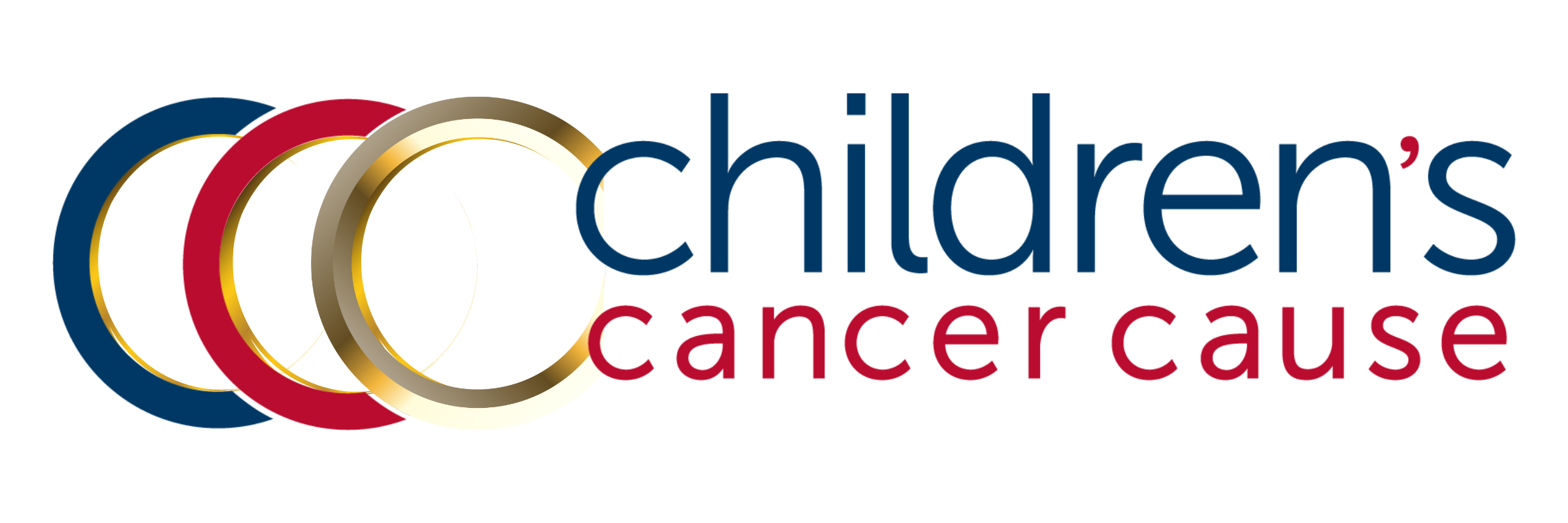This call to action coincides with our release of the statement Transitions in Care for Survivors of Childhood Cancer.
“The growing number of survivors of childhood and adolescent cancers coincides with an increase in the number of those facing risks for serious and lifelong health conditions, due to potential late effects,” said Katie Devine, PhD, MPH, Chief, Section of Pediatric Population Science, Outcomes, and Disparities Research, Rutgers Cancer Institute.
Dr. Devine is one of the experts on the Children’s Cancer Cause Survivorship Advisory Council, which developed the statement that advocates for greater implementation of available post-treatment long-term follow-up guidelines and adoption of survivorship programs.
Among the statement’s recommendations is a call for the development of a consensus process to determine best practices and standards of care for effective healthcare transitions for survivors of childhood and adolescent cancers. Children’s Cancer Cause advocates for a similar process as developed for the long-term follow-up guidelines by the Children’s Oncology Group (COG), as these provide details for standards and practices from which to build effective models.
Our statement points out the multitude of lifelong health challenges that burden childhood cancer survivors due to the toxicity of treatment they received. Patients diagnosed with cancer between the ages of 0-19 now have an 85% chance of being cancer-free five years after completion of treatment, yet survivors face risks for complex and life-long health conditions due to the potential late effects of cancer and its treatment.
Transitions in Care for Survivors of Childhood Cancer cites studies that define transitions from pediatric to adult care as a systematic, structured, gradual process of moving from a child/family-centered model of care to an adult/patient-centered model of care.
Given the special needs of this population, the healthcare system needs to be better equipped to handle screening, cancer recurrence, and secondary cancers as part of late effects monitoring.
“Many healthcare providers who are treating survivors outside of survivorship programs are not familiar with, or are not trained in, the consequences of pediatric cancer and its treatments, nor are they aware that guidelines are publicly available,” said Mary McCabe, RN, MA, an international expert on cancer survivorship and Children’s Cancer Cause board member. "Most parents of children and adolescents cannot recall a detailed treatment history or a survivorship care plan that is required to inform optimal, long-term follow-up care. Too often, these families were not sufficiently educated about their risk of myriad late effects at the end of their treatment.”
Specific recommendations include defining healthcare transition particular to pediatric and adolescent cancer survivors and including widespread use of comprehensive survivorship care plans as tools for specific, patient level care. It also calls upon the greater use of the COG guidelines to develop national standards and practices and models for effective healthcare transitions.
“It is critical that survivors have access to long-term follow-up care that includes asymptomatic screening and testing, with surveillance and monitoring at two years after completing cancer treatment,” said McCabe “The majority of survivors do not receive appropriate survivorship services and long-term follow-up care specific to their cancer history, and rates of follow-up care post-treatment drop during the 6-10 years post-treatment and continue to decrease over time.”
With this statement, we urge providers to take immediate steps to improve widespread use of comprehensive survivorship care plans as tools for specific patient-level care, utilize existing patient-centered tools such as Passport for Care and SurvivorLink, and raise awareness among survivors, caregivers, and non-oncology health care providers regarding availability and use of these tools.
Children’s Cancer Cause has long advocated for a transition model of care that could be tested and implemented through Medicaid and provide a demonstration for a more pervasive program, and the organization continues to pursue such a model as described in the statement.
In publishing the statement, we recognize that a systemic approach to developing survivorship models of care is needed to address future needs, and effective transitions to pediatric or adult care by non-oncology health care providers is essential.
“Key stakeholders should undertake a consensus process to determine best practices and standards of care for effective healthcare transitions for survivors of childhood and adolescent cancers, including development of effective implementation strategies,” said Susan Weiner, PhD, Founder of Children’s Cancer Cause. We reiterate that the COG guidelines provide the best standards and practices from which to build the models. The process should be driven in collaboration with the National Cancer Institute, National Comprehensive Cancer Network, the American Society of Clinical Oncology, the American Academy of Pediatrics, the American College of Physicians, the American Academy of Family Physicians, the American College of Physicians, and other key stakeholders including advocates, survivors, caregivers, and patient advocacy groups.





